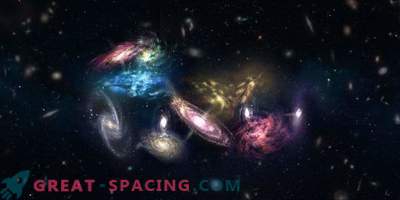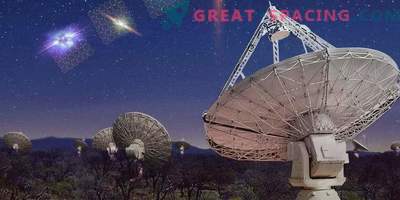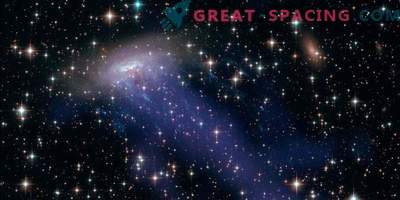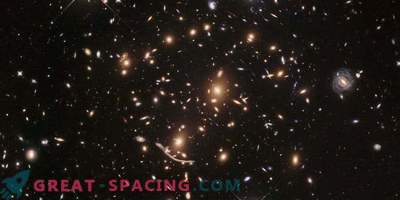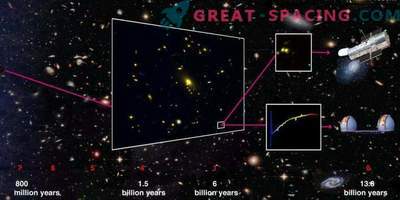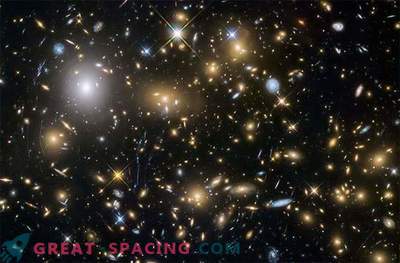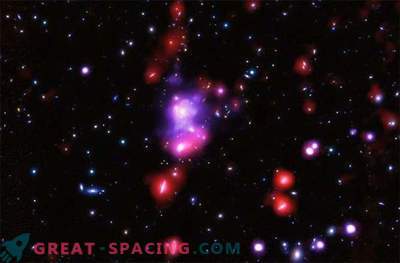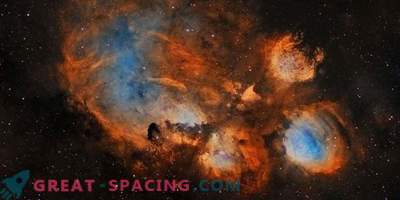
With the help of the Herschel Space Observatory, the APEX antenna and the ALMA interferometer, we were able to observe the formation of a cluster of galaxies in deep space. At that time, the Universe reached only a tenth of the present. Until now, astronomers believed that these formations began to appear only after 3000 million years after the Big Bang. However, the new result shifts the mark to 1500 million years.
ESA launched the Herschel Space Observatory in 2009. It was the first observatory capable of receiving far-IR spectra over the entire range. The researchers focused on what seemed like a single space object, and decided to study using APEX and ALMA.
APEX is a radio telescope with a diameter of 12 m. It is located in the Atacama Desert (Chile) and was created as a first step in the ALMA project - a group of 66 radio telescopes 7 m and 22 m in the same territory. As a result, it was possible to identify the concentration of dusty galaxies in the early Universe. They are on the verge of merging to create the center of a future massive galactic cluster. Such a phenomenon is a rarity. It is believed that the duration of dusty bursts of stellar birth continues in a short time interval. These galaxies are always in the minority in any era, so it is surprising to find a large number of such bursts. It is the ALMA data that indicated that the formation of galactic clusters could begin when the age of the Universe reached only 1500 million years.
No one can explain how the clusters managed to grow so quickly. But they have not been formed gradually over thousands of millions of years, as modern theories of the creation and evolution of galaxies predict. So these questions have yet to be answered.
